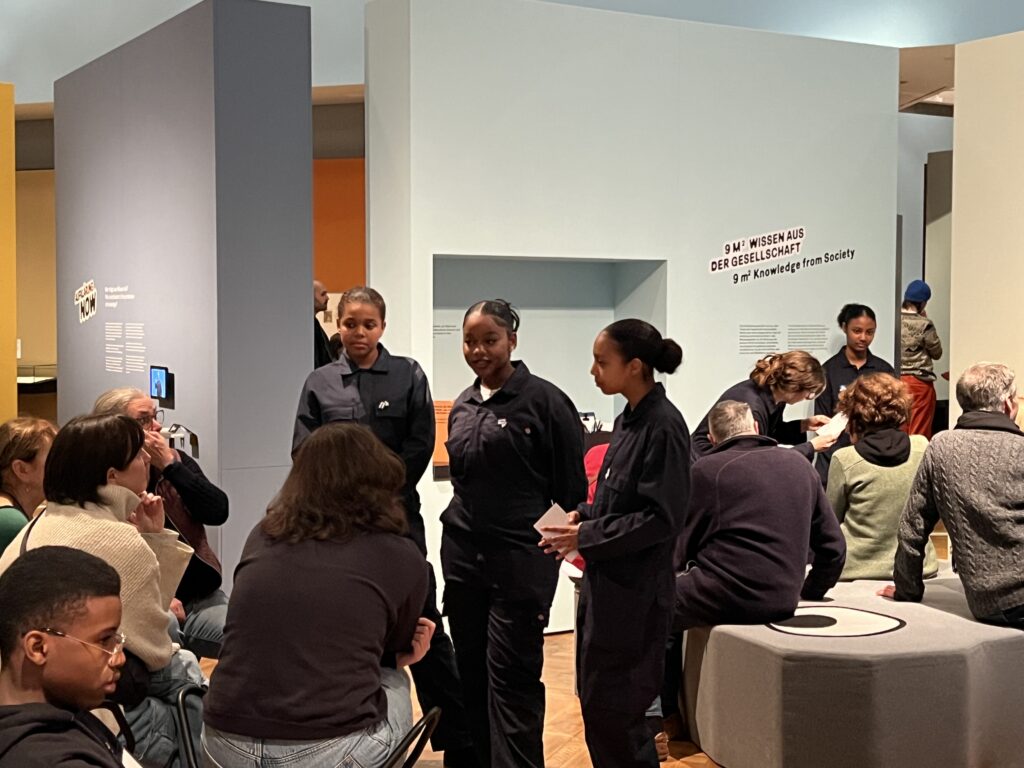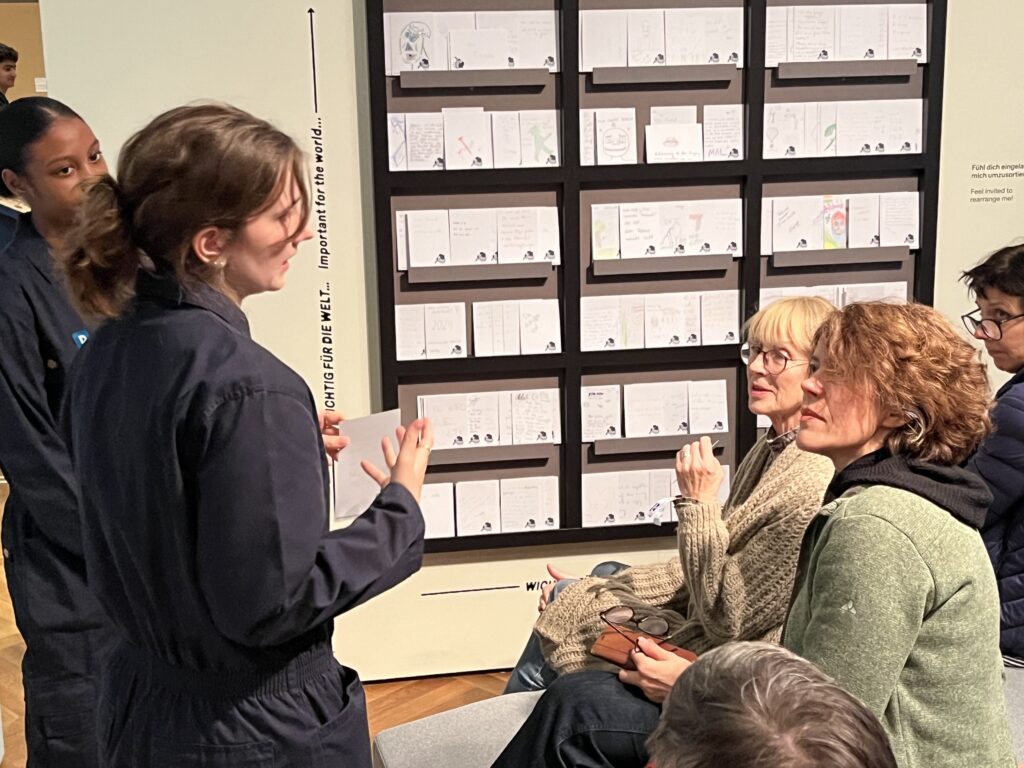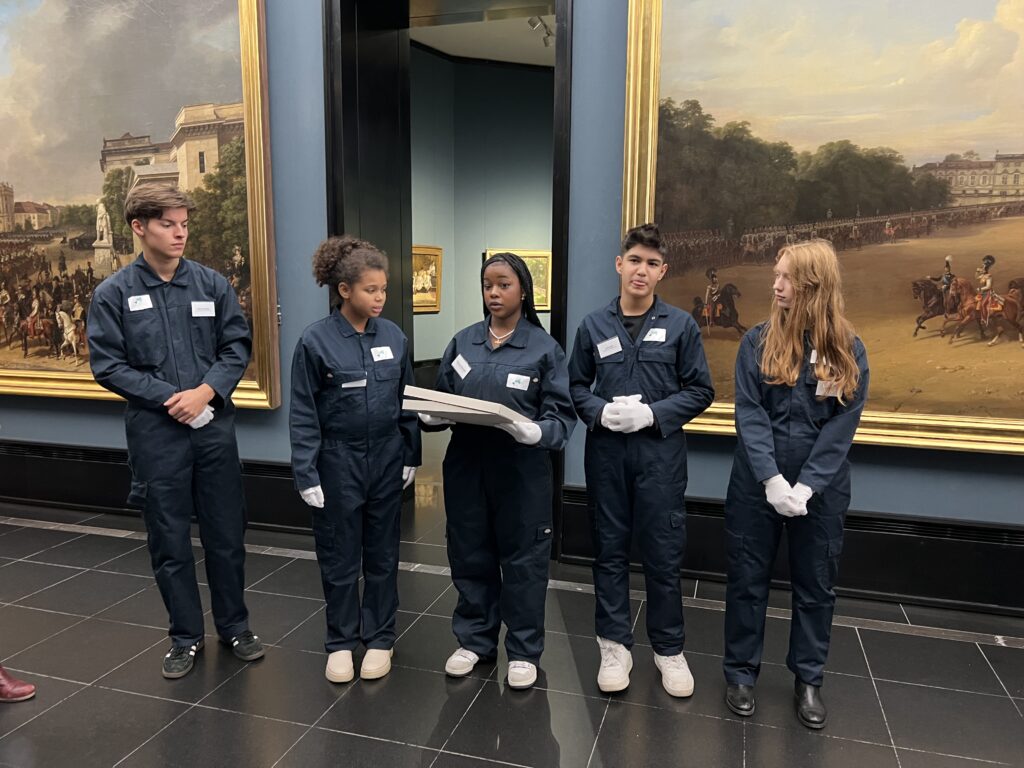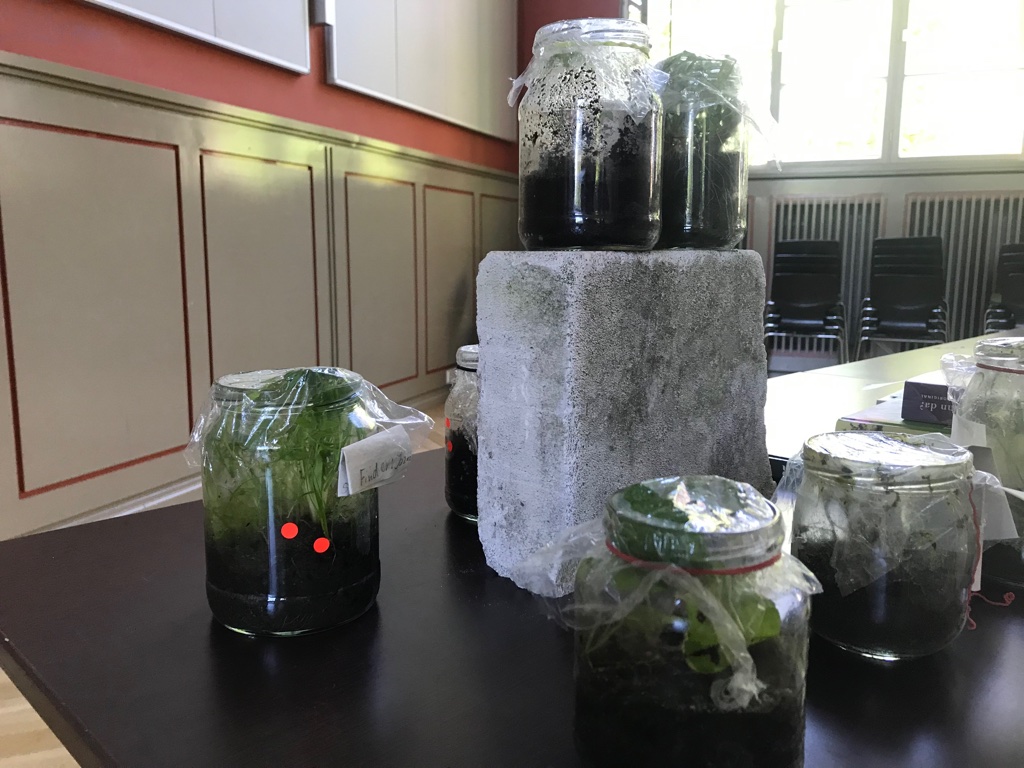9qm of Knowledge from Society
Having been invited to participate in the program for the exhibition “What is enlightenment? Questions for the eighteenth century” organized by the Deutsches Historisches Museum (German Historical Museum), Berlin, the Schattenmuseum (Shadow Museum) has adopted a distinctive approach to the subject. It views the cultural moment of the Aufklärung as an ongoing project rather than a closed historical chapter. For the Shadow Museum, this „Aufklärung in progress“ entails maintaining a critical perspective on culture and society while rejecting all forms of dogmatism.

As part of its contribution, the Schattenmuseum (Shadow Museum) created a space within the exhibition titled 9qm of Knowledge from Society. This space featured a “knowledge repository” inviting visitors to answer a series of questions, with their responses displayed for others to read and reflect upon. The questions and the space addressed topics such as governance, social justice, and the role of the museum as a platform for open debate.

Central to the display were the images of a fly and an elephant, symbolizing a constant dynamic of power. Visitors were challenged to consider a possibility: Wie kann die Fliege den Elefanten fressen? (How can the fly eat the elephant?).
The Shadow Museum also offers interactive performances to activate the space and invite visitors to enter into dialogue with each other, moderated by the Shadow Museum.








































































